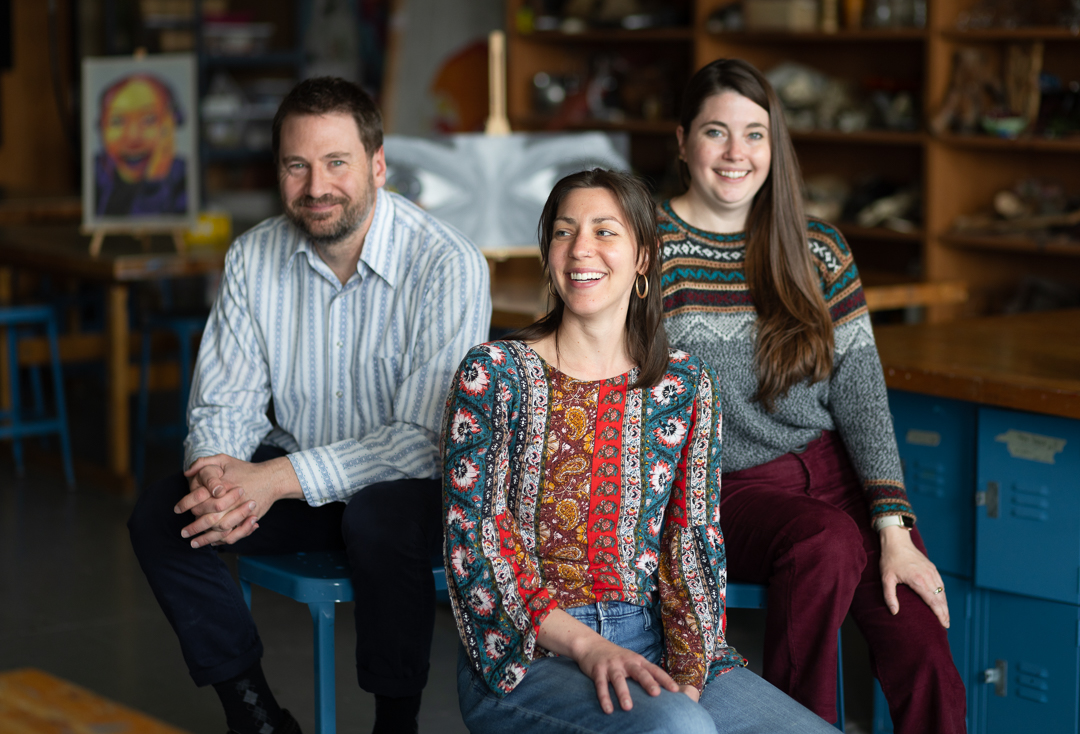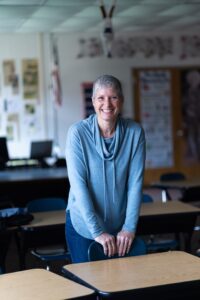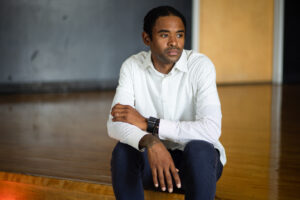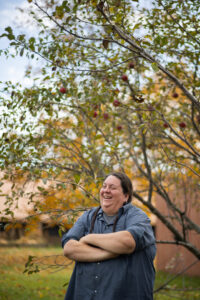Michael:
I thought I was going to be a business major. I was very much into going to nightclubs in high school, and my friends and I would go every week. One of my friends was an architecture major, and we had this idea that I could do the business side of things and we could open a nightclub.
During my first year at UW Milwaukee, I realized business was not for me. I was not interested in it. So I ended up taking a year off after my freshman year, and I did inventory in a screen printing shop. I thought about what I liked doing the most. I’d worked at a day camp for children with disabilities; I’d also really loved my high school art classes. So I put two and two together and figured out art education is what I wanted to do.
After graduating from UWM, I looked for teaching positions in the arts. At that time, there was nothing really open in Milwaukee Public Schools because they had just cut a bunch of positions, so all of those teachers were also looking. I applied here to be a sub. They called me back and said, ‘Hey, we have a position open in the library that’s more steady.’ So I worked here in the library for a year, and then they were looking for another art teacher. They knew I had my teaching license in art, so it kind of fell into my lap. That was 20 years ago.
Nellie:
I didn’t know that you loved to dance.
Molly:
I definitely didn’t know that side of you. I love that.
Michael:
I watched too much Saturday Night Fever, probably.
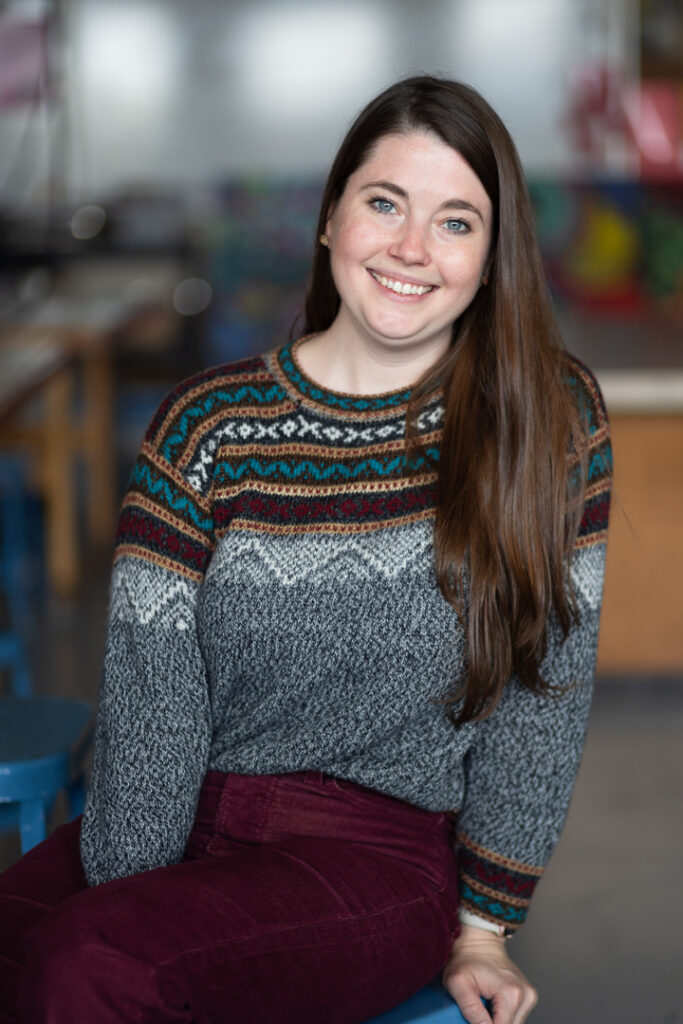
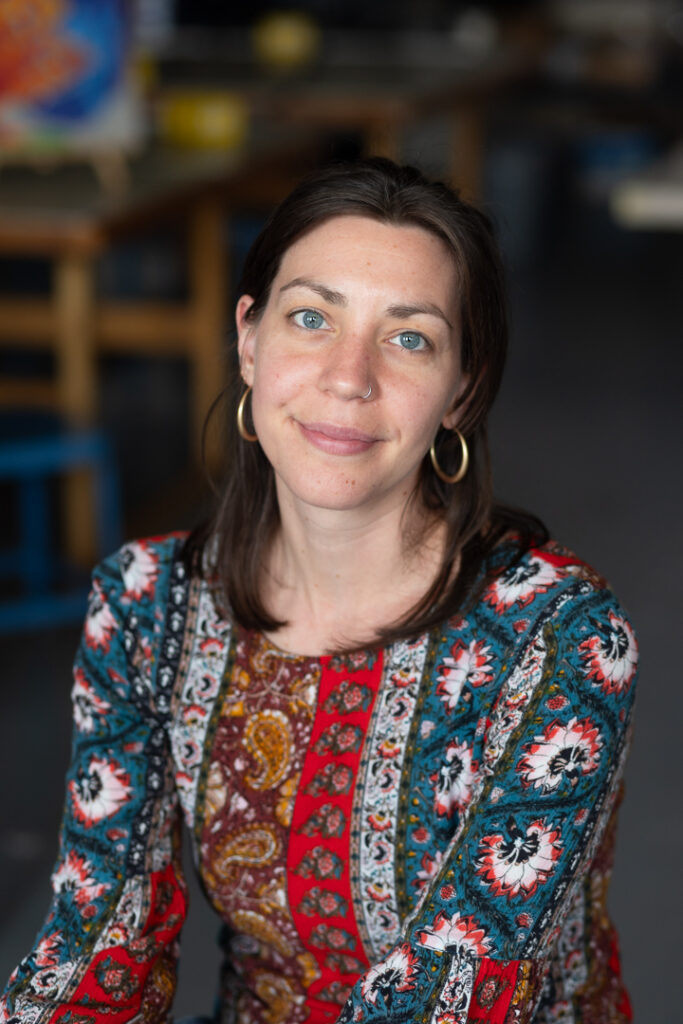
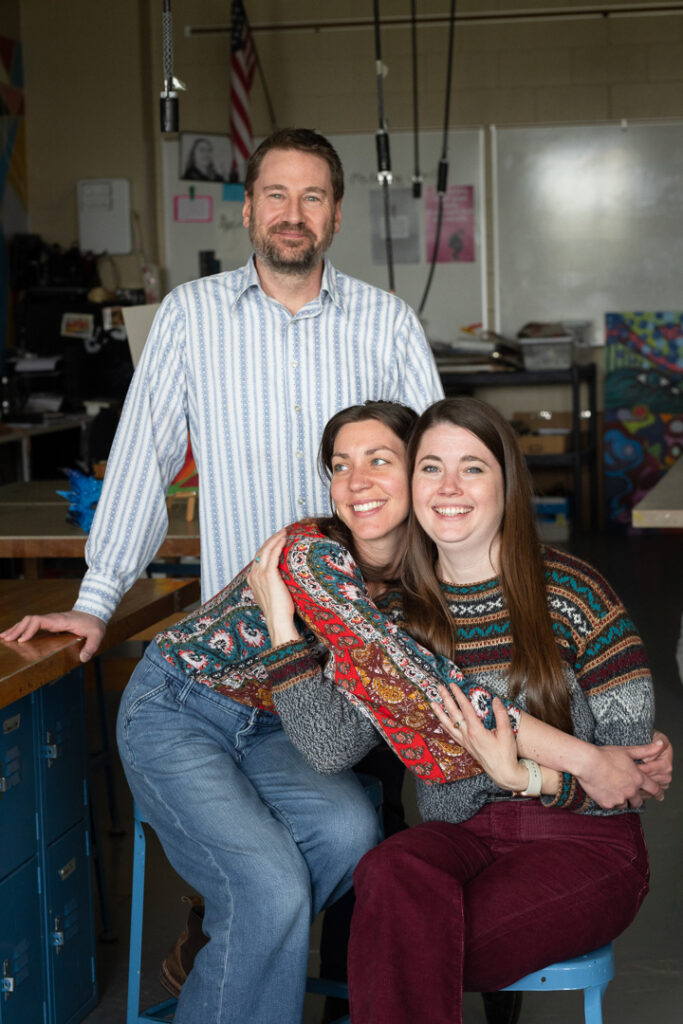
Nellie:
Molly, do you want to go next?
Molly:
Yeah, okay. I also went to UWM, and my major (at first) was biology. I didn’t realize right away that my art classes in high school had been my everything. It was really hard for me not to have art right away in college. So I switched to studying drawing and painting. Eventually, I wanted more diversity in the types of art I was creating, which ended up fitting perfectly with the Art Education major.
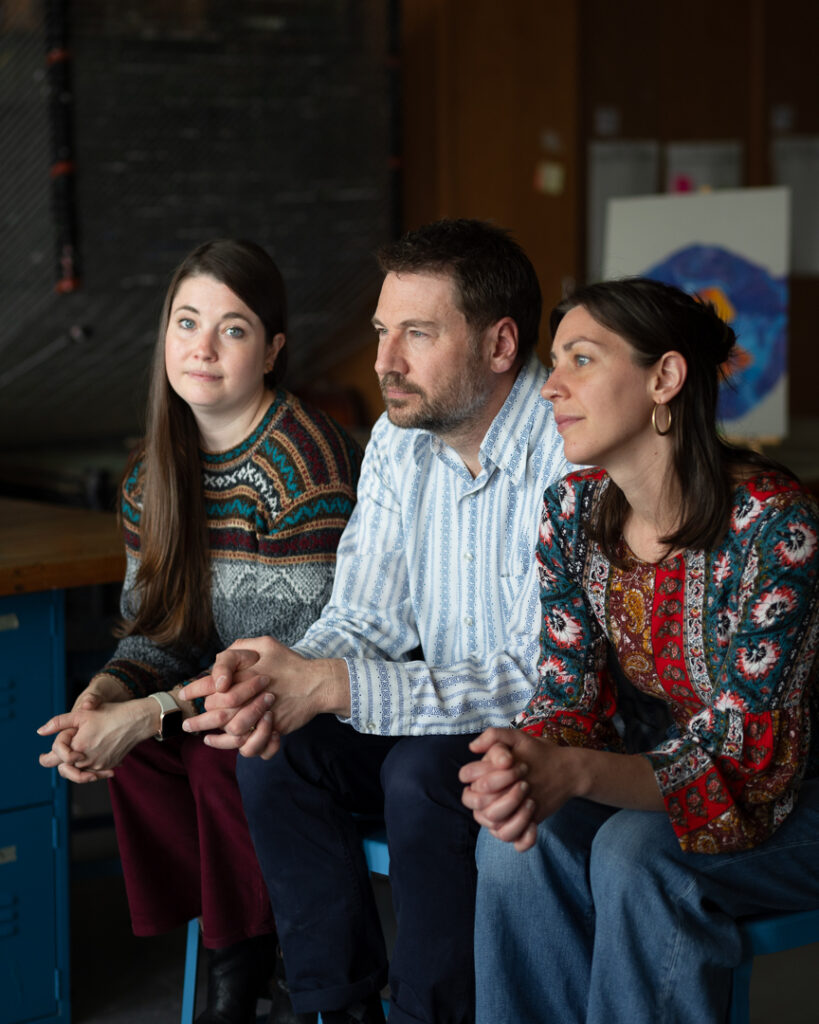
When I started lesson planning for our first field placements, that’s when teaching transformed me. It went from being about art to being about what I wanted to bring to the kids. Every time, I got more excited about the act of teaching kids art, so that was my progression through college.
I did my student teaching with an art teacher here at Brown Deer. When I graduated, there was a part-time art opening at the elementary school, so I took that and also taught Spanish part-time. That turned into a full-time art job, and I’ve been working here with Michael at Brown Deer for ten years.
Nellie:
For me, my original goal was art therapy. My mom was a public school teacher in Oak Creek for 36 years, and she suggested I go into education — then, if I wanted to pursue art therapy after that, I thought having a background in education would be a good base.
I’ve bumped around to different districts in North Carolina and Wisconsin. I did some art tutoring, and I worked at a substance abuse center. I went back to teaching in public schools because I missed the consistency and the community of public education. When the position here opened up, Molly reached out to me the same day that I saw it online. I thought that was kind of kismet, and I decided to apply. I’ve been here just one year now. But I feel like the ability to work as a team and have a department is something that I was really looking for and got to find.
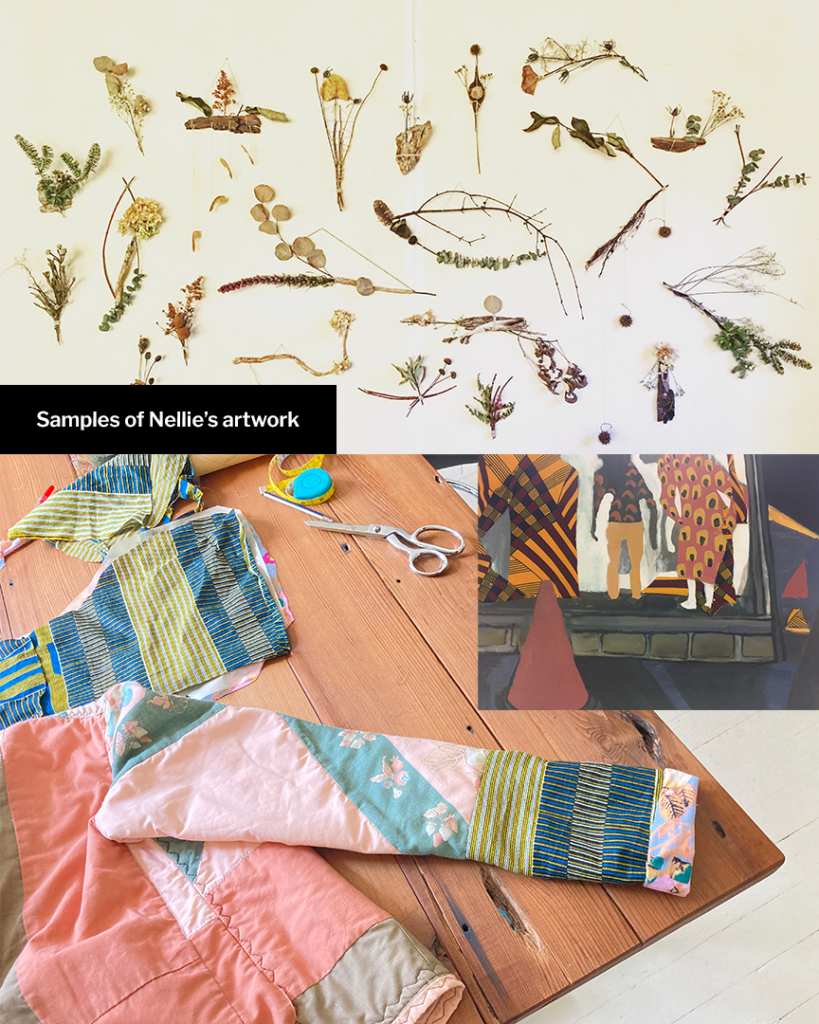
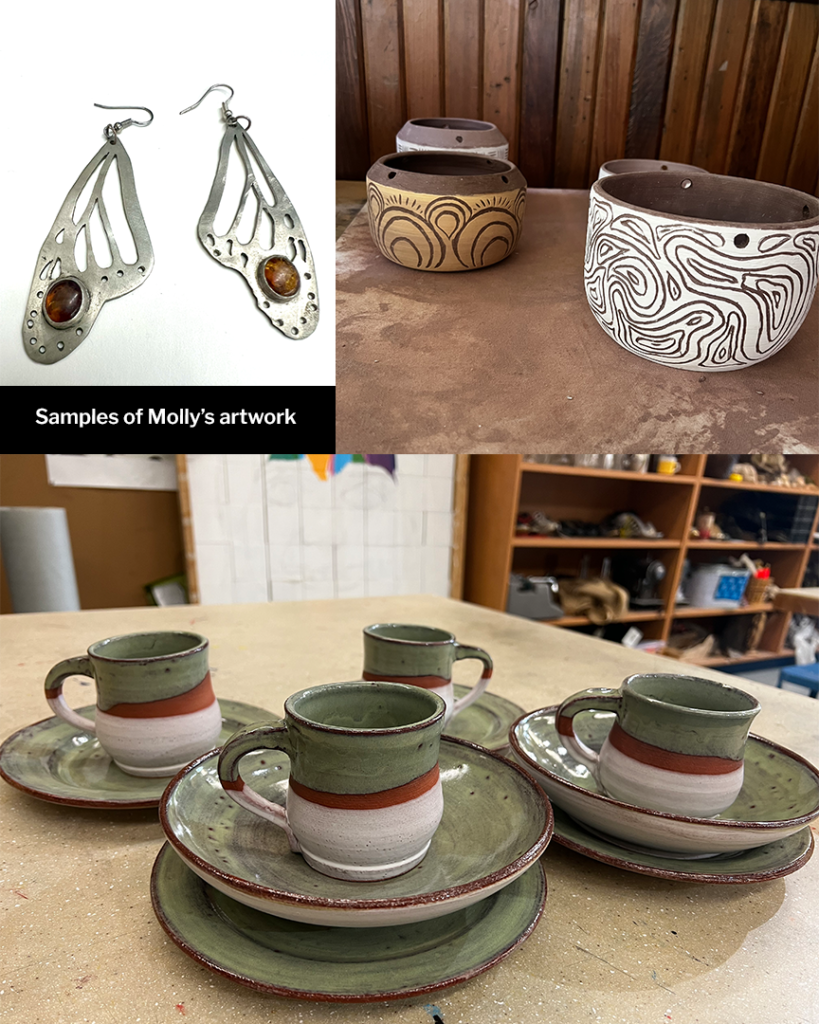
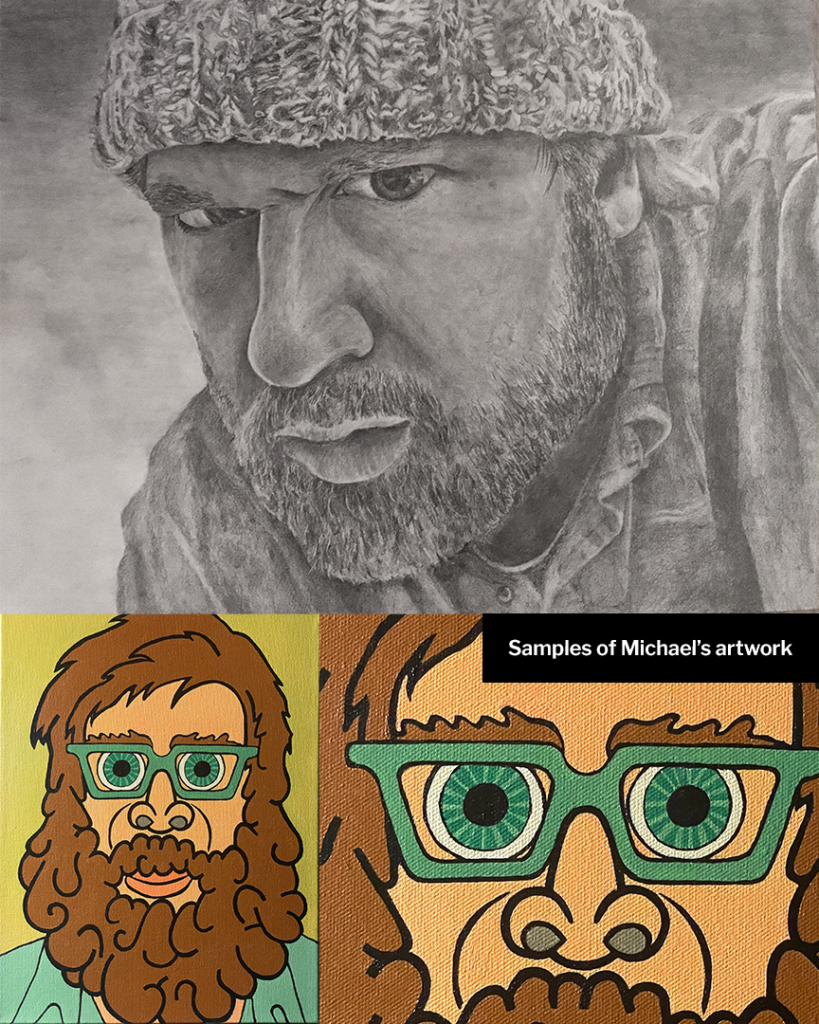
Molly:
In teaching, you’re always surrounded by people, but you’re often the only adult in the room. Having a team with Michael and Nellie has been a huge support system for me in lesson planning, behavior management, and bouncing ideas off one another. Having a teaching team is important because otherwise teaching is isolating, in a way — you’re the only adult and you’re responsible for creating the content of the classroom. So the inspiration from other art teachers helps drive my curriculum and my teaching practice. We work together on bringing the arts to the local community as well.
Michael:
I’ve been the only teacher of Digital Photography for probably the last 18 years, so having Nellie as a colleague to work with has been an opportunity for me to re-examine the curriculum — it felt like it was getting a little stale to me, anyway. We look at things that I’ve done in the past, and then Nellie brings in new ideas for a lot of those lessons and redesigns things. We’ve got a year of collaborating under our belt, and there were some things that we know worked and some things that we know we can do better. We’re working on making it the best possible course for the kids we’re serving.
Nellie:
We’re using each other’s strengths. There are qualities that I don’t have as my strongest attributes, and I can go to Michael and Molly to help make me more of a whole teacher. I’ve learned so much this year from both of them: Molly with her organization, and Michael with his tech-savviness. They both have built such a strong culture and strong relationships with the students. That’s something that you just can’t take for granted. That’s what I’m most grateful for.
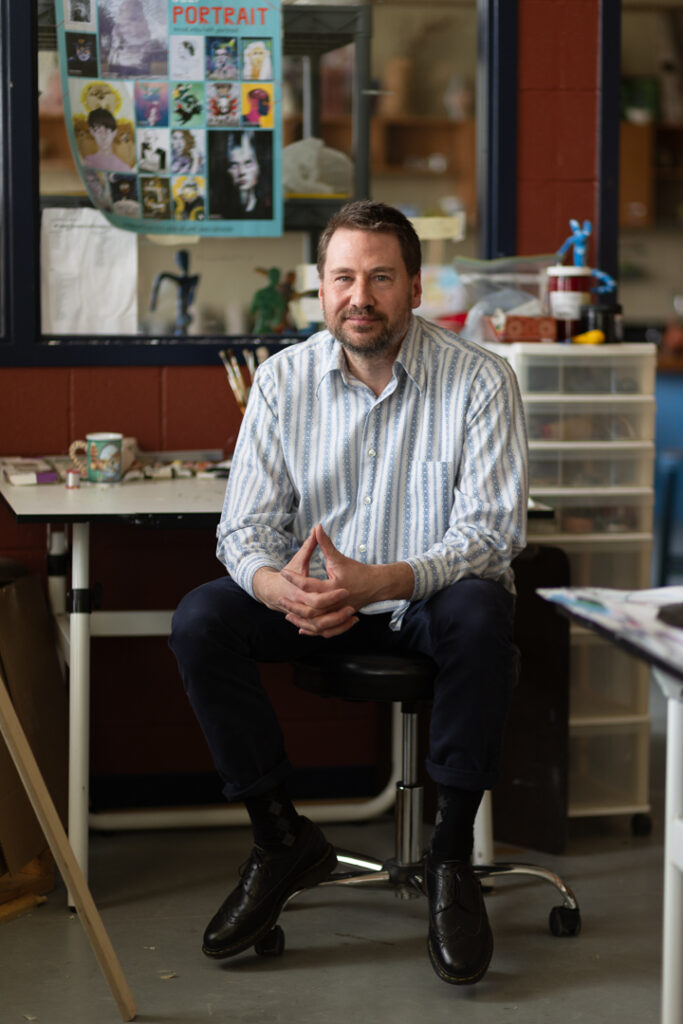
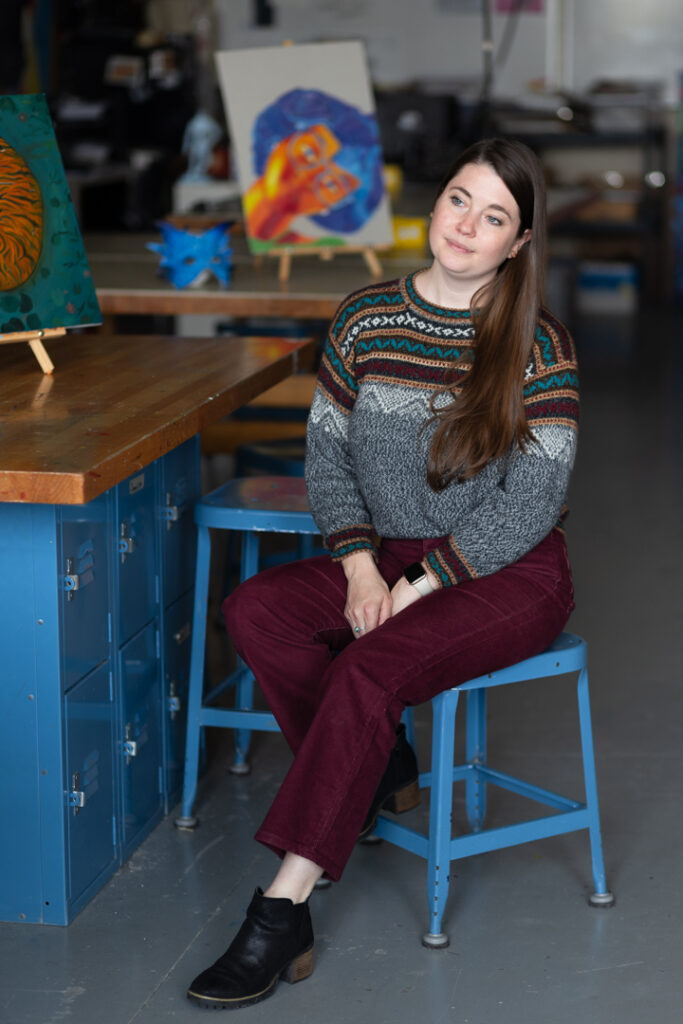
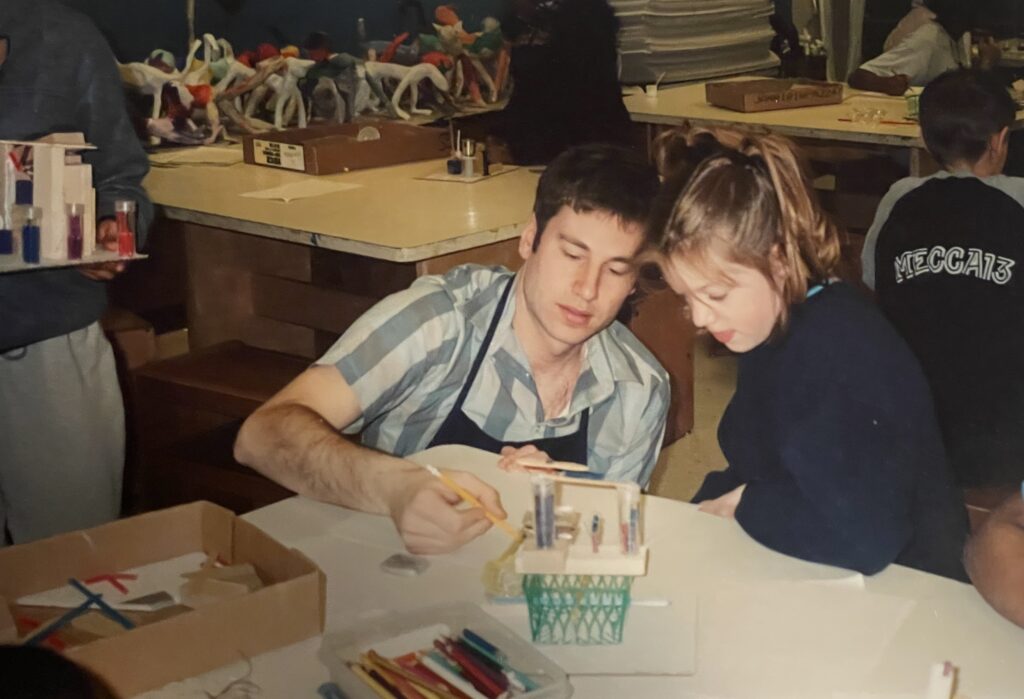
Michael:
I’ve stayed in this district for 20 years because of how the tone was set when I started. We had an amazing mentor named Ann who we worked with for a long time. She was a graduate of the high school and then taught here for 30 years. She was a brilliant, compassionate teacher who set the tone for what the department’s philosophy and focus would be.
I feel at home here because I was mentored into this department. And I feel like since Molly and I worked together with the same mentor, we have similar teaching philosophies. We work well together in the space.
For me, enjoying the people I work with is a big part of why I continue to do what I’m doing. I have faith in what my colleagues are teaching and in the collaboration that we do together. I trust in how they’re handling things.
We’ve also worked with a teacher on the other end of the spectrum. I’m going to be real about it, because everything that we do here was being torn apart and destroyed, and many schools experience this. We tried to mentor this person, but they didn’t treat students with respect. It was really important for us to maintain and to continue building what we’ve working on building all these years.
Molly:
When we had that colleague who didn’t align to the department’s goals, it became apparent not only to us, but to administration as well. This person was ultimately let go. And then it took us a little bit of time to get whole again.
Michael:
Molly and I had each other to talk to and lean on during that time. Since we were mentored by somebody who had spent so long here, it was important for us to continue to offer the quality of the courses that we were teaching, instead of throwing our hands up and letting somebody else take over and destroy what had been built.
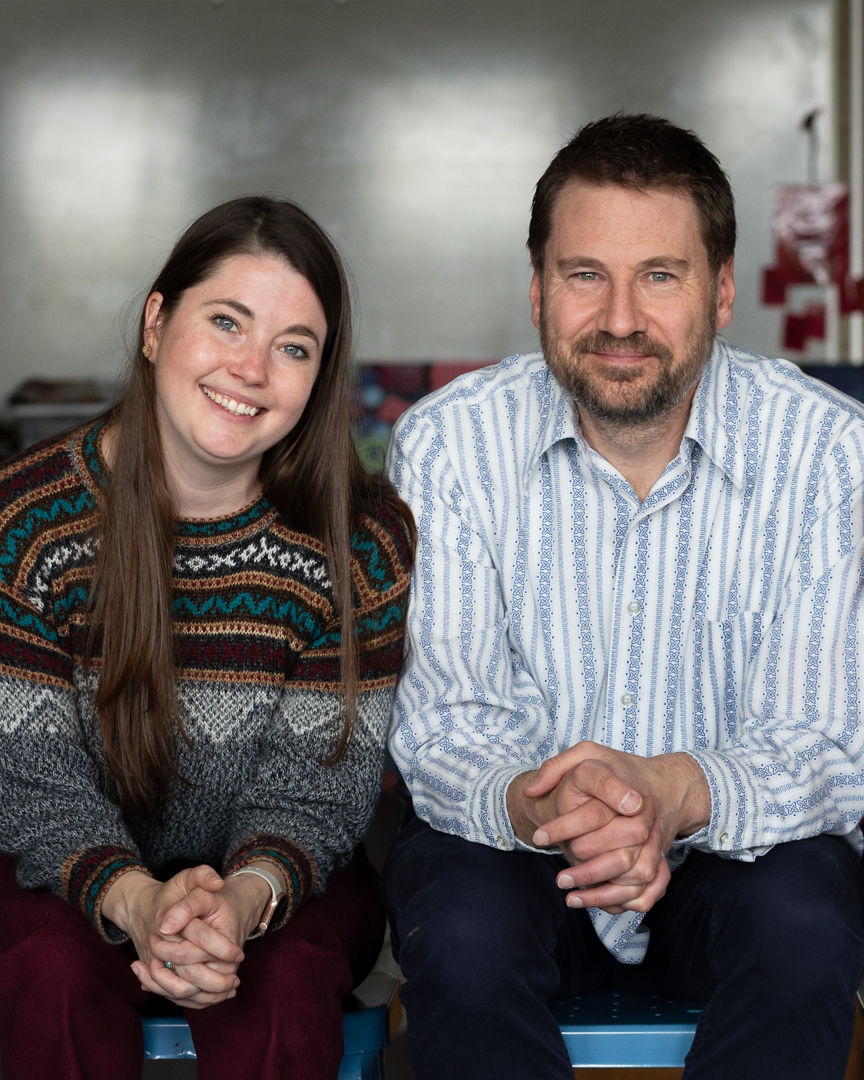
Molly:
One thing I love about our department now is that all three of us take the curriculum seriously and have high expectations for our students. We’re continuously pushing forward to improve and make it run a little smoother, and we’re always learning how to get better results. You can be a smooth talker and a great interviewer, and that does go a long way — but let’s see what you’re writing, let’s see how it was implemented, let’s hear your reflections about it. The next time we were hiring, we didn’t want personality to be as dominant a factor in the interview process. We considered how this person would write, reflect, evaluate, and help hold us all accountable.
We’re invested in the quality of education that the kids are getting. We want to give them guidance, build on their skills, and coach them. And we take that responsibility seriously.
Michael:
I always appreciate it when teachers are included in the hiring and interview process for fellow teachers, because we have different insights than what administrators are coming in with. We formulate different questions. We can help provide a sense of whether or not the person’s teaching philosophy aligns with what the department’s teaching philosophy is. We can determine how someone might complement our skill sets and how they might be stronger than us in certain areas. And ultimately, if we’re involved in hiring, then we are invested and we’re less likely to give up if things get hard on our team.

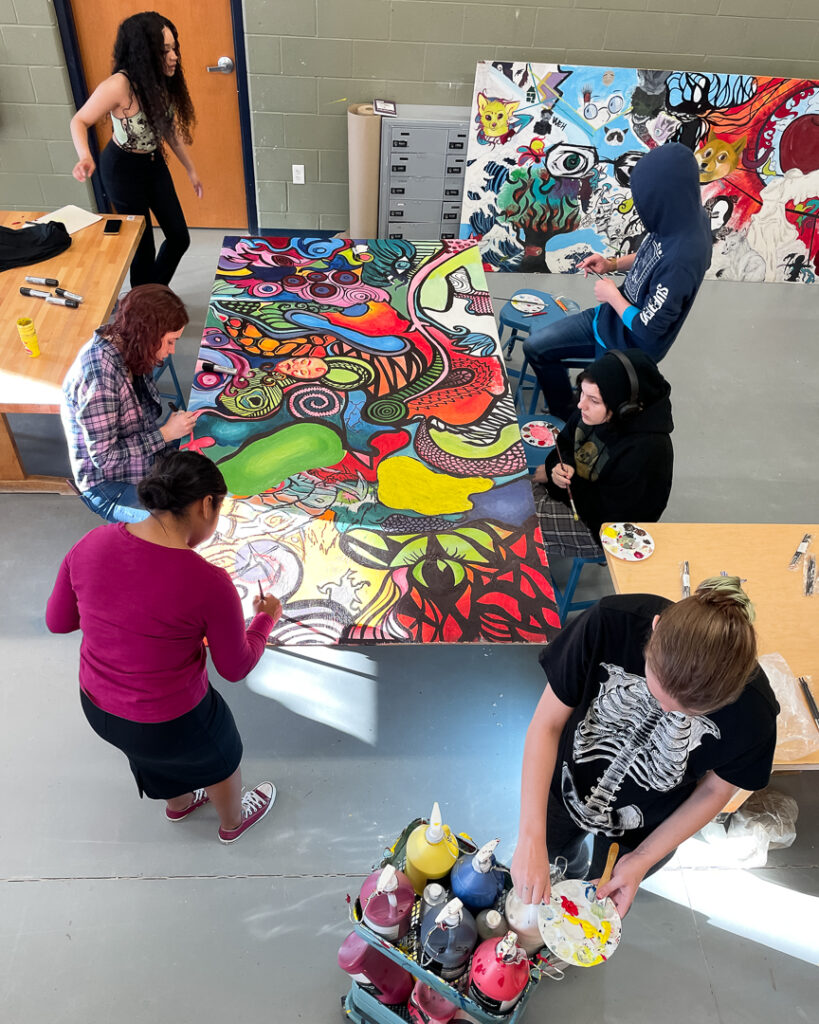
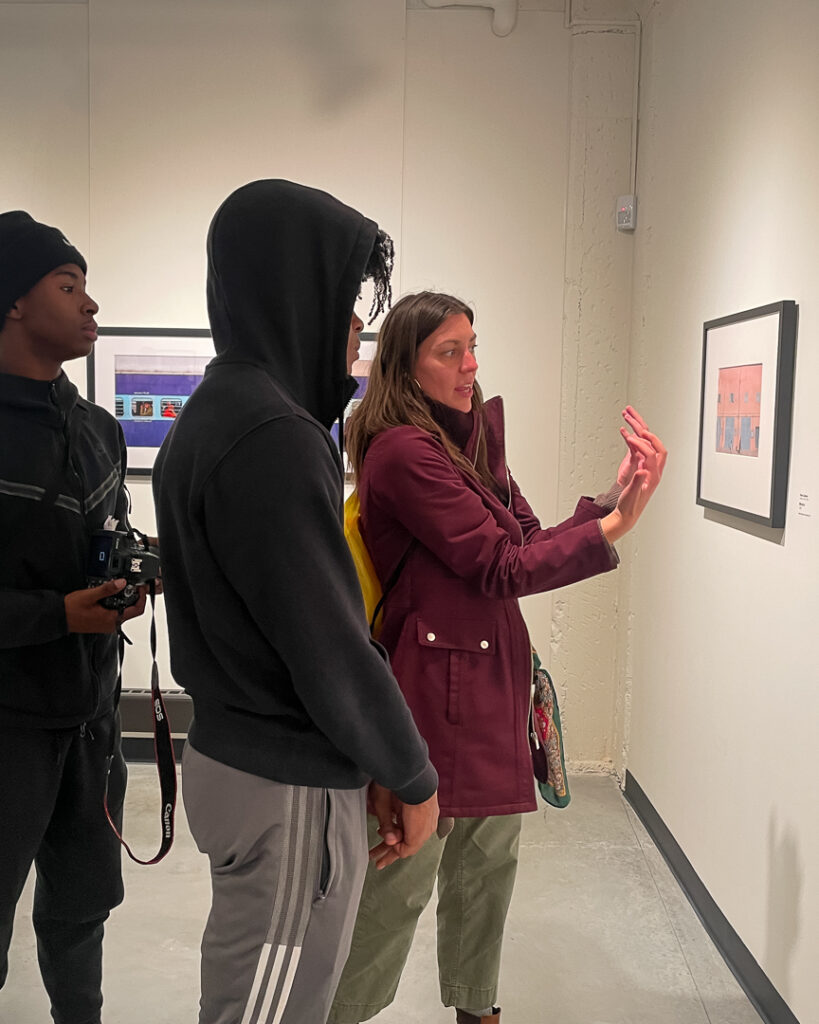
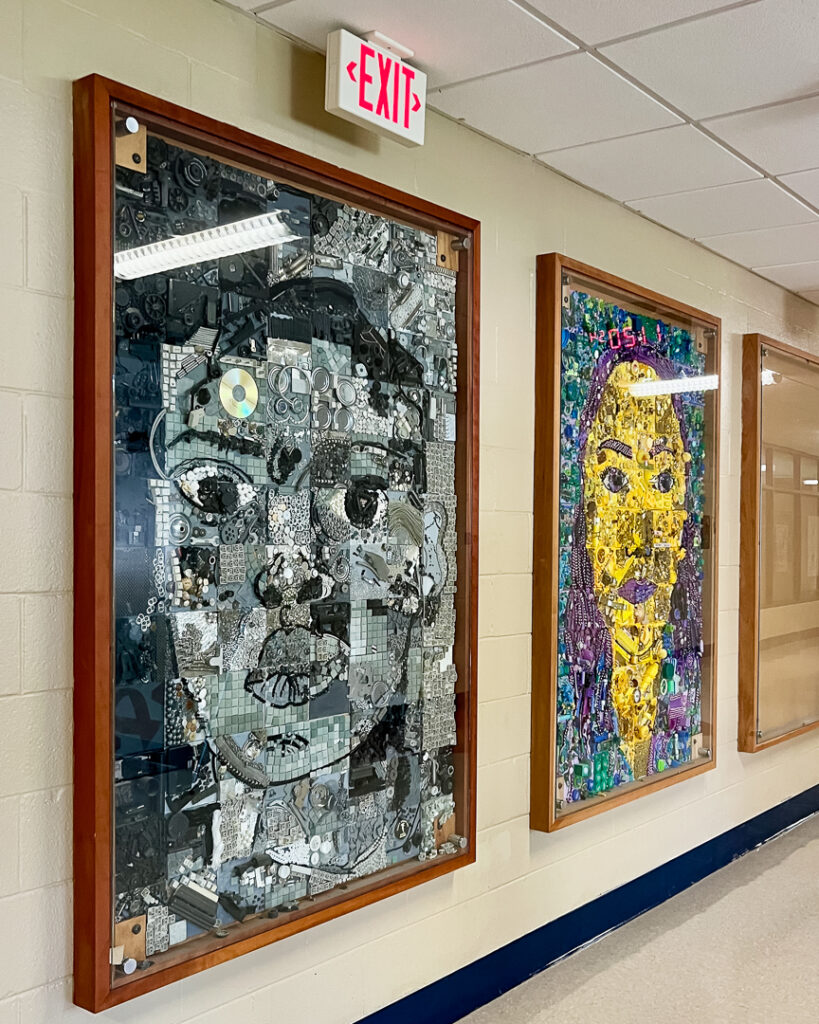
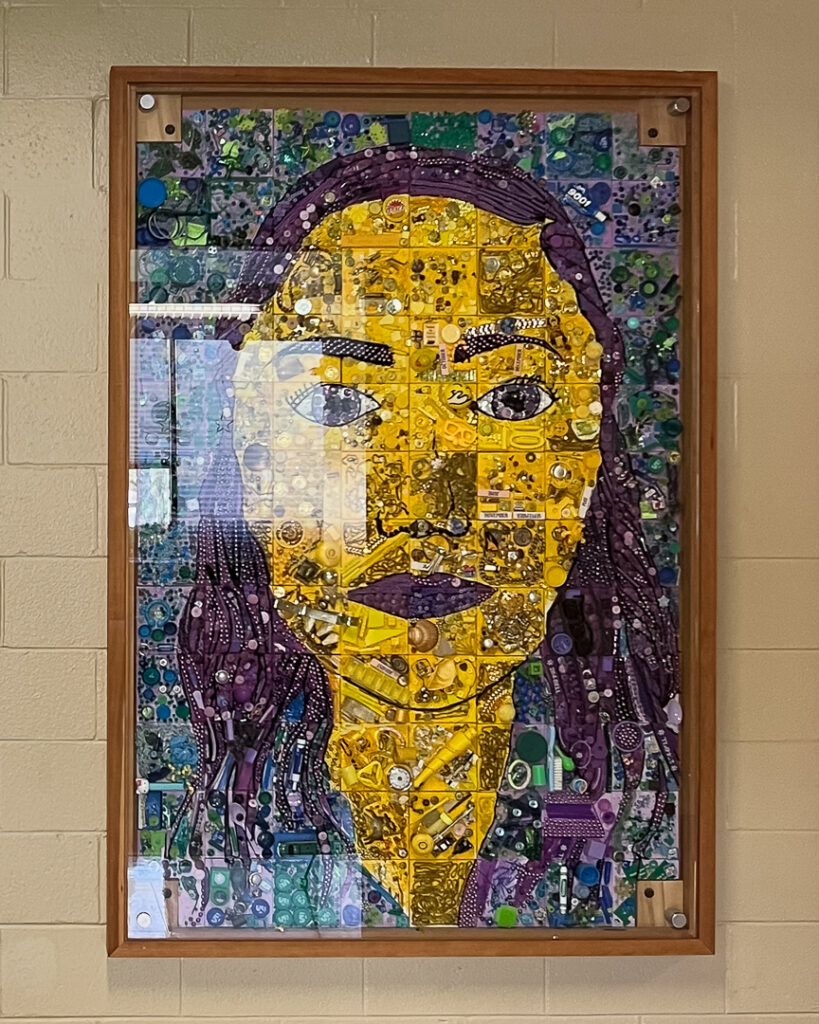
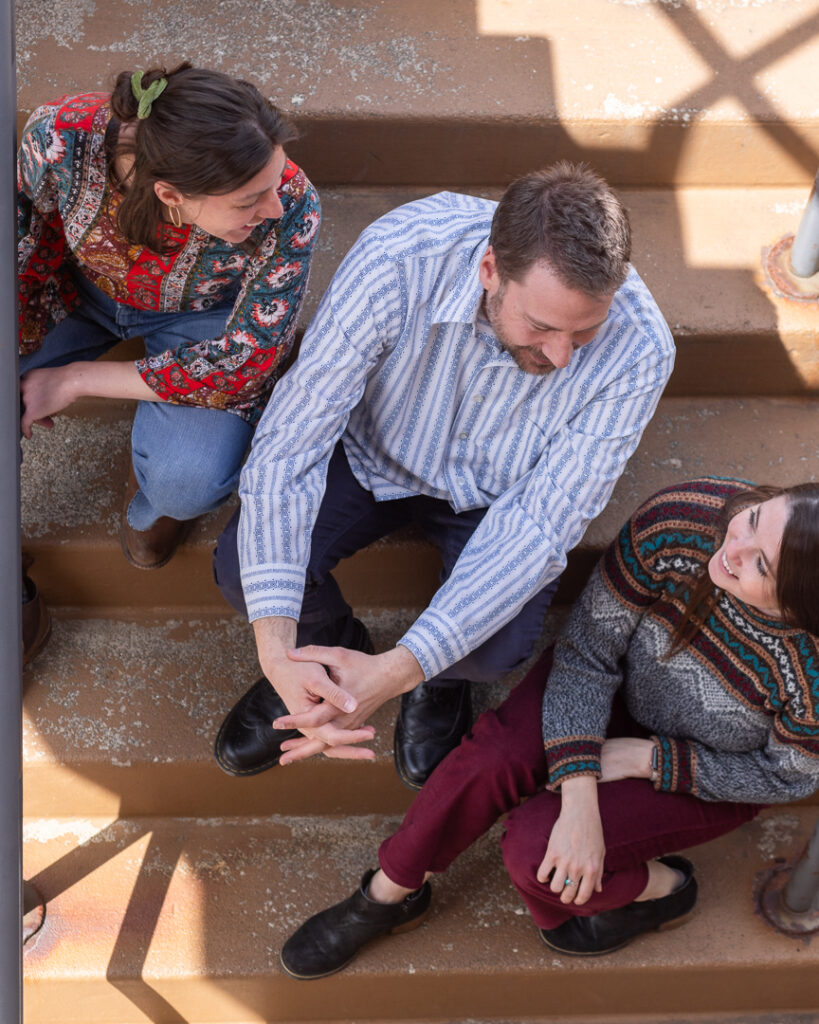
Michael:
I think we’ve got a good fit now with Nellie joining the department. My relationships with colleagues and the student population here is what holds me to this district and makes me stick with this one school. I feel like I know everyone, and I know I can talk to administration at every level. I know a lot of the families that live in the community. The students who are seniors now, I had their siblings five or even ten years ago.
So there’s a community feeling, both in the department and the school in general.
Nellie also has traits that I need to grow in. She helps to keep us organized.
Nellie:
I think that you’re more orderly than you give yourself credit for. We all have our own ways we find comfort in, and as long as we can balance and count on each other, we can be strong as a team. We wouldn’t be as good for the kids as a team if we were identical, because then we wouldn’t be hitting on the pieces that each of us are missing.
Michael:
The students here crave art classes. I think they can feel the culture of our team. They look at it as a break in their day where they can think differently, and there’s a different energy in here.
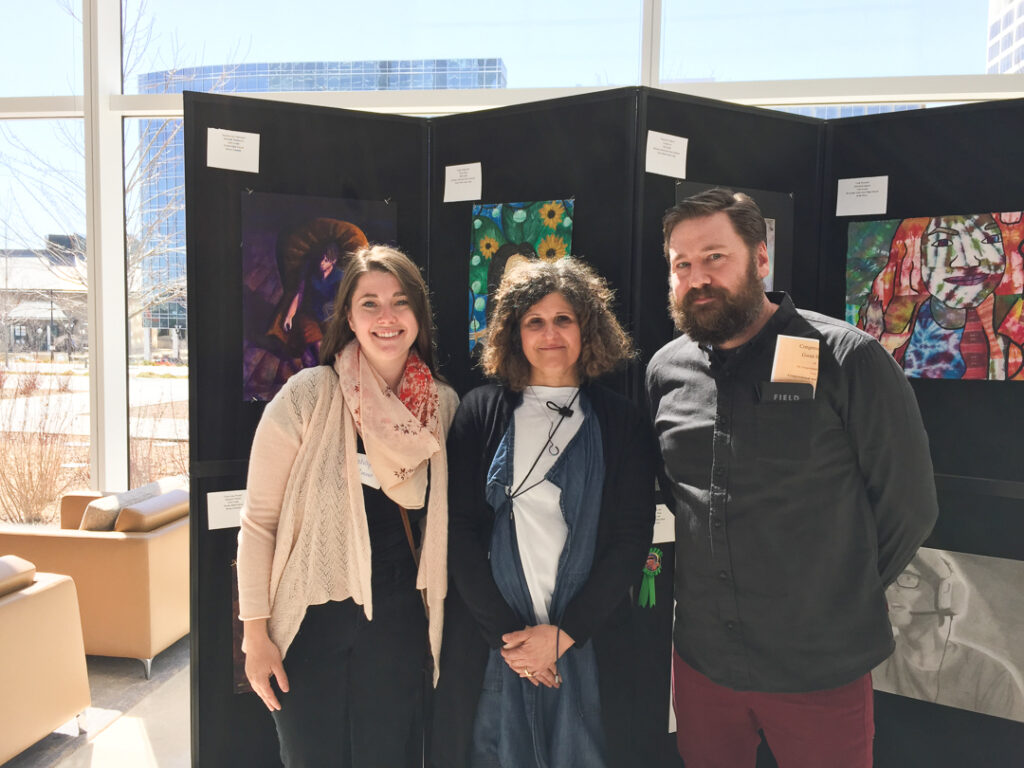
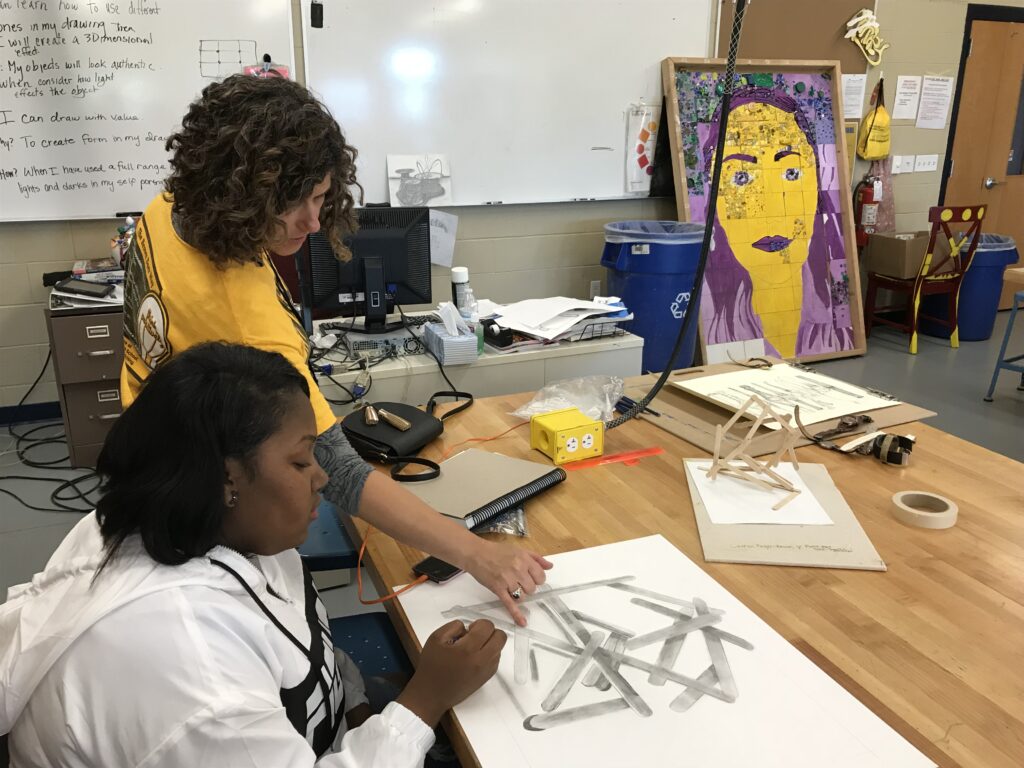
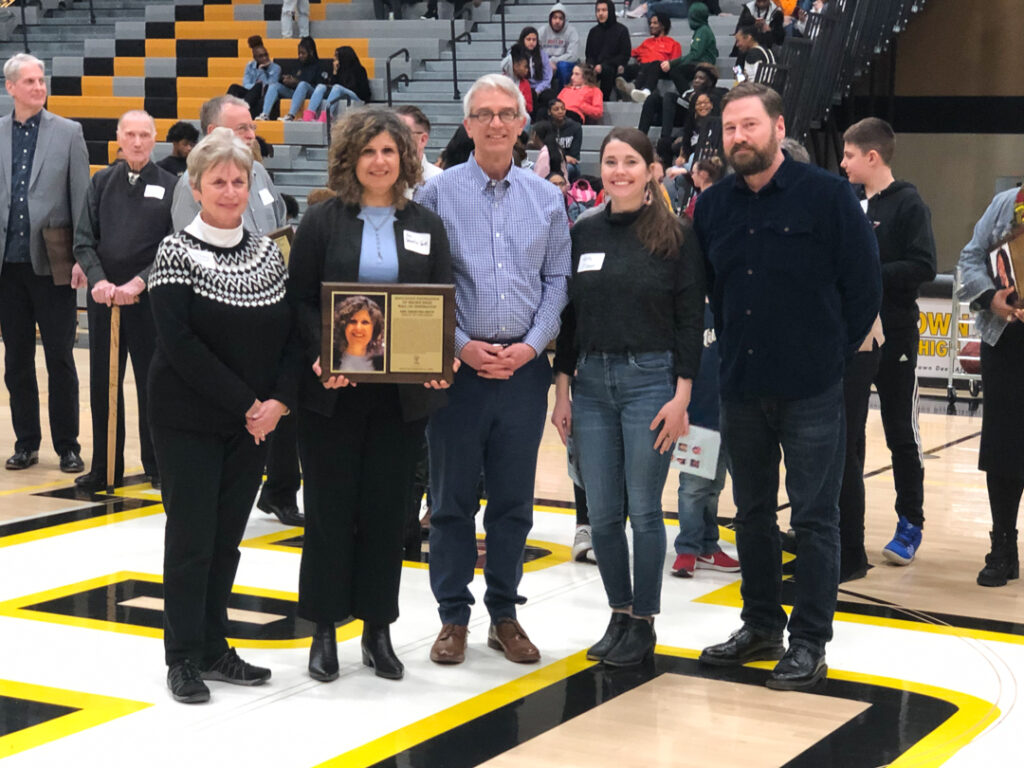
Michael:
When I started teaching here, there were three of us in the department. Ann had been here for 15 years, and I was the newest member of the department.
Ann was nurturing, both with students and with colleagues. She was firm, too — she would let you know if what you were doing wasn’t in line with her philosophy. She wasn’t afraid to come to me and coach: ‘That’s not how we do things here.’
The students definitely connected well with her. They would take art class after art class because of her warmth, and she showed that warmth to all of us.
When she retired, her loss was definitely felt within the building and in the community.
Molly:
I started working with Ann my second year of teaching, when I was transitioning from elementary school up to the middle and high school level. It felt like my first year of teaching all over again. She was a huge support system for me. She had so much grace, which calmed me during a stressful time.
Ann taught me so many things: curriculum, concepts, classroom management style… she cared deeply about this department. She was always pushing us to be better and go further. Always.
She started a new class her last year here. That’s a testament to Ann’s drive and how she was always eager to grow. She advocated for the importance of each individual class and kept our courses from becoming too generalized. She poured her energy into the curriculum and into the students but also into her colleagues; not only in the art department, but around the building. She was a wonderful mentor who influenced me and my love for this district and the fact that I feel home here.
We believe that Ann was a huge contributing factor to not only the strength of this department, but to the strength of our district in general. She’s been the most impactful person in my career.
Nellie:
Coming in, I get to experience her impact through the two of you. You have been incredible mentors to me. You continue to make me feel comfortable and show me the ropes. You both give me the support to continue that culture in our classroom, which was seeded through Ann.
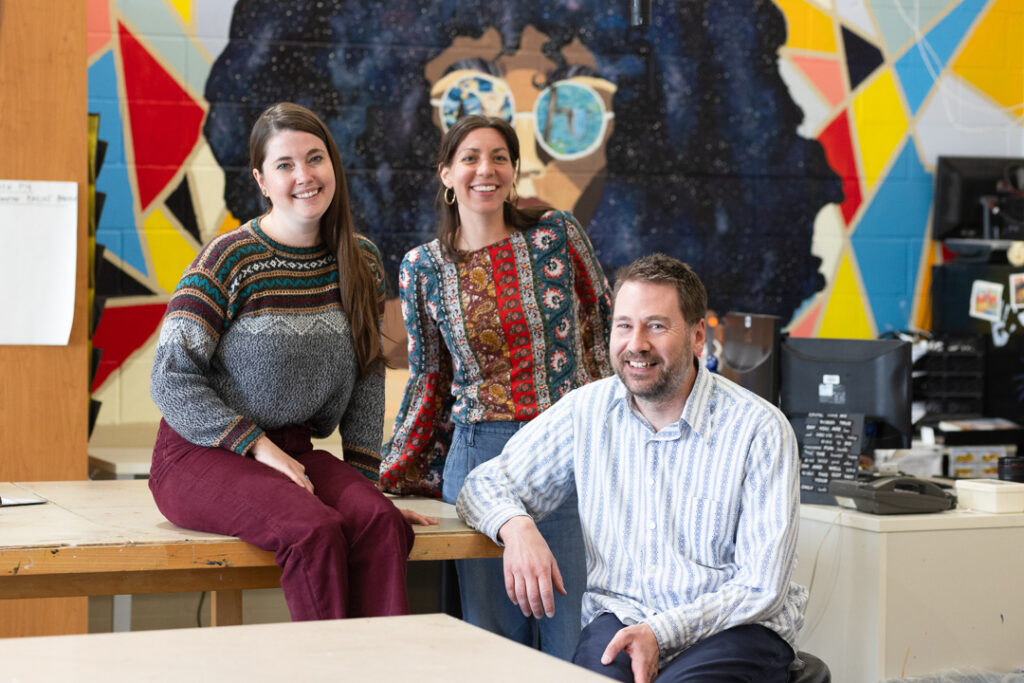
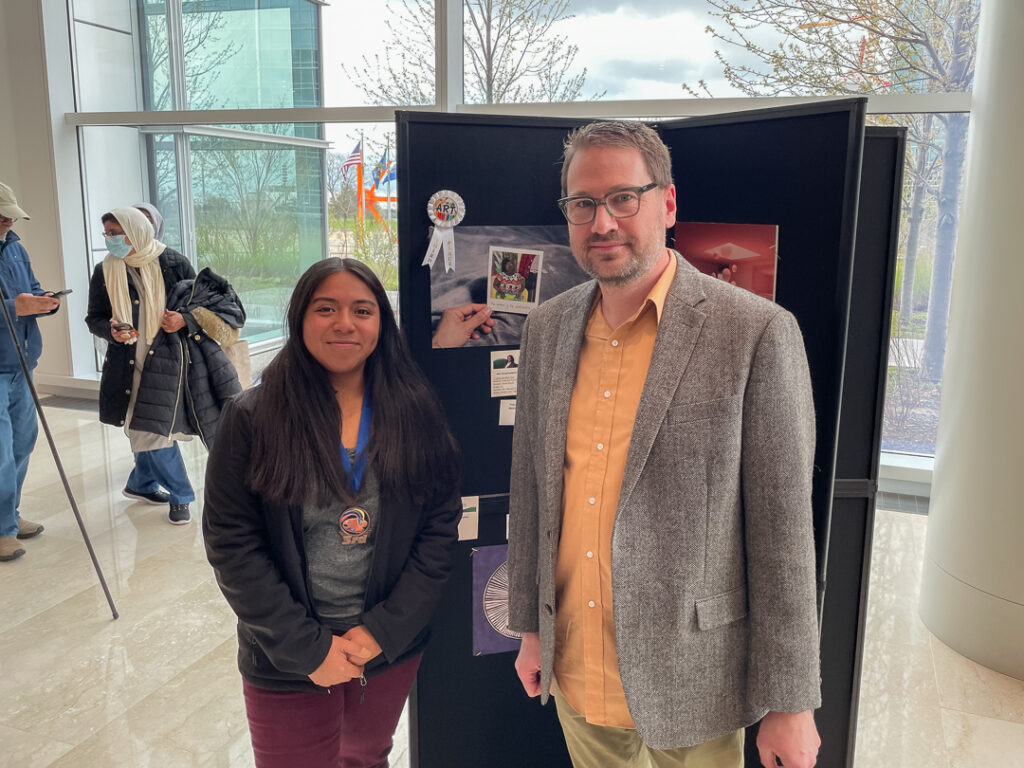
Molly:
I’ve been thinking a lot about what keeps me in education and what keeps me teaching art. What makes me love my job is the students who come into class and think they’re not an artist — they think they can’t do this, but they take the class. I love seeing them learn and grow and change their opinions about themselves in that process. They learn to love art, and it builds their confidence.
I see that evolution often in our intro class. They learn that we’re not born amazing artists and that it takes practice. They learn the fundamentals, and then we get to see them excited to take another class next year.
I love the kids who come in as rockstar artists right away, too, but the transformations are what keep me coming back.
Michael:
Last year, I had a student who was taking photography, but had very little art background in general. I knew that they enjoyed the class and were a hard working student. So I encouraged them to take AP Studio this year, which is a very rigorous class where students create college-level work.
We were having an AP critique recently where this student had their work up on the wall, and we were talking about how amazing it was. I pulled out an older piece — the very first piece they created. And we just held them up side-by-side. We talked about the insane growth that happened from August until April. And then last weekend, we had a congressional art show, and this student took third place out of 93 pieces that were submitted.
It’s those moments of connection and the relationships that you’re building with students that make the job. Even on the hard days.
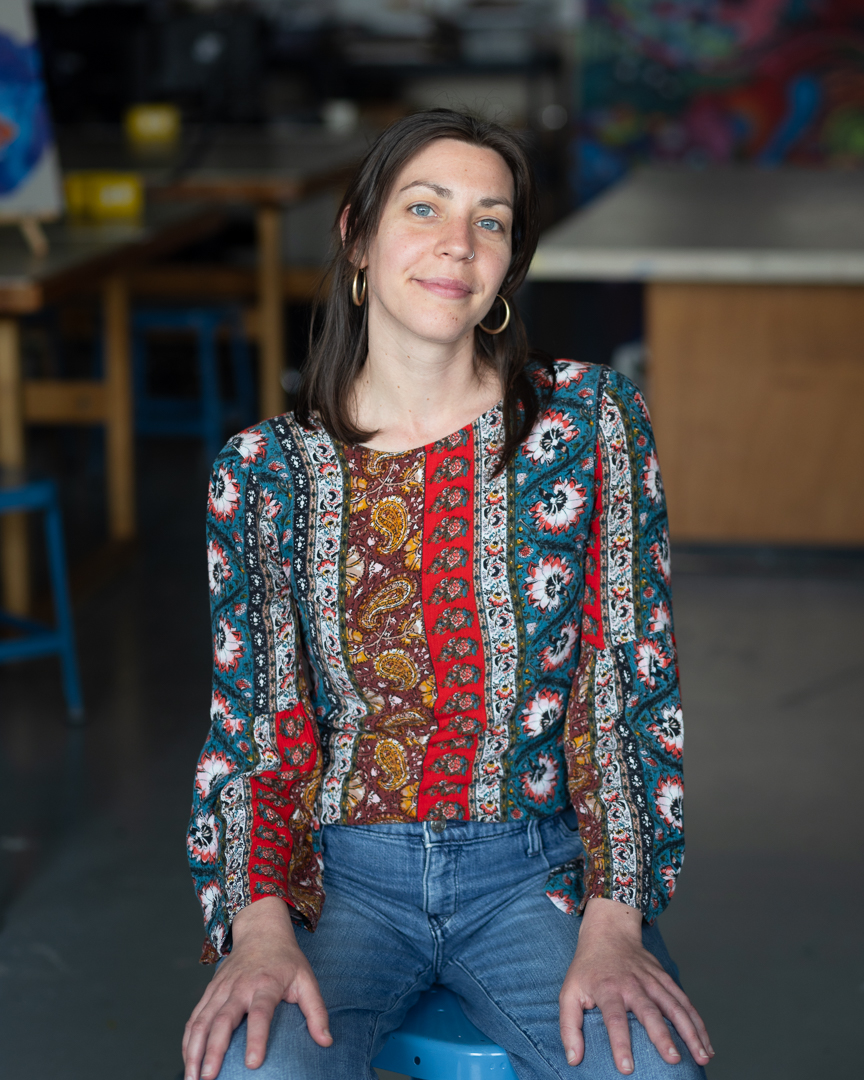
Nellie:
One of the biggest pieces that we have to acknowledge is that education is connected to so many other spheres. What we do isn’t just a task that we execute and then it’s done. Education has a lasting impact on the students and teachers who go through it. And when you hear these amazing stories of students feeling connected to art and feeling like they’re finding their identity — finding their confidence and finding themselves — we need more people to see that happening. We need to connect administrators, district-level personnel, policymakers, families, and community members to those stories, to help everyone understand what we’re seeing.
So if there is anything to work on in education, I think it would be this: bridging the gap between those of us who see the excellence that is happening every day and making it known to those who don’t see it. Especially those who are making decisions about it.
–Molly O’Connor, Michael Pinney, & Nellie Gehrig
Art Teachers at Brown Deer High School
Brown Deer, Wisconsin
